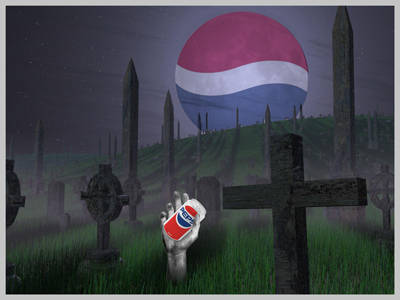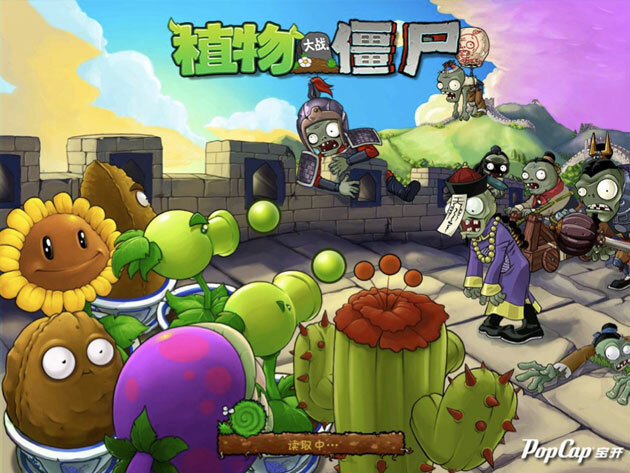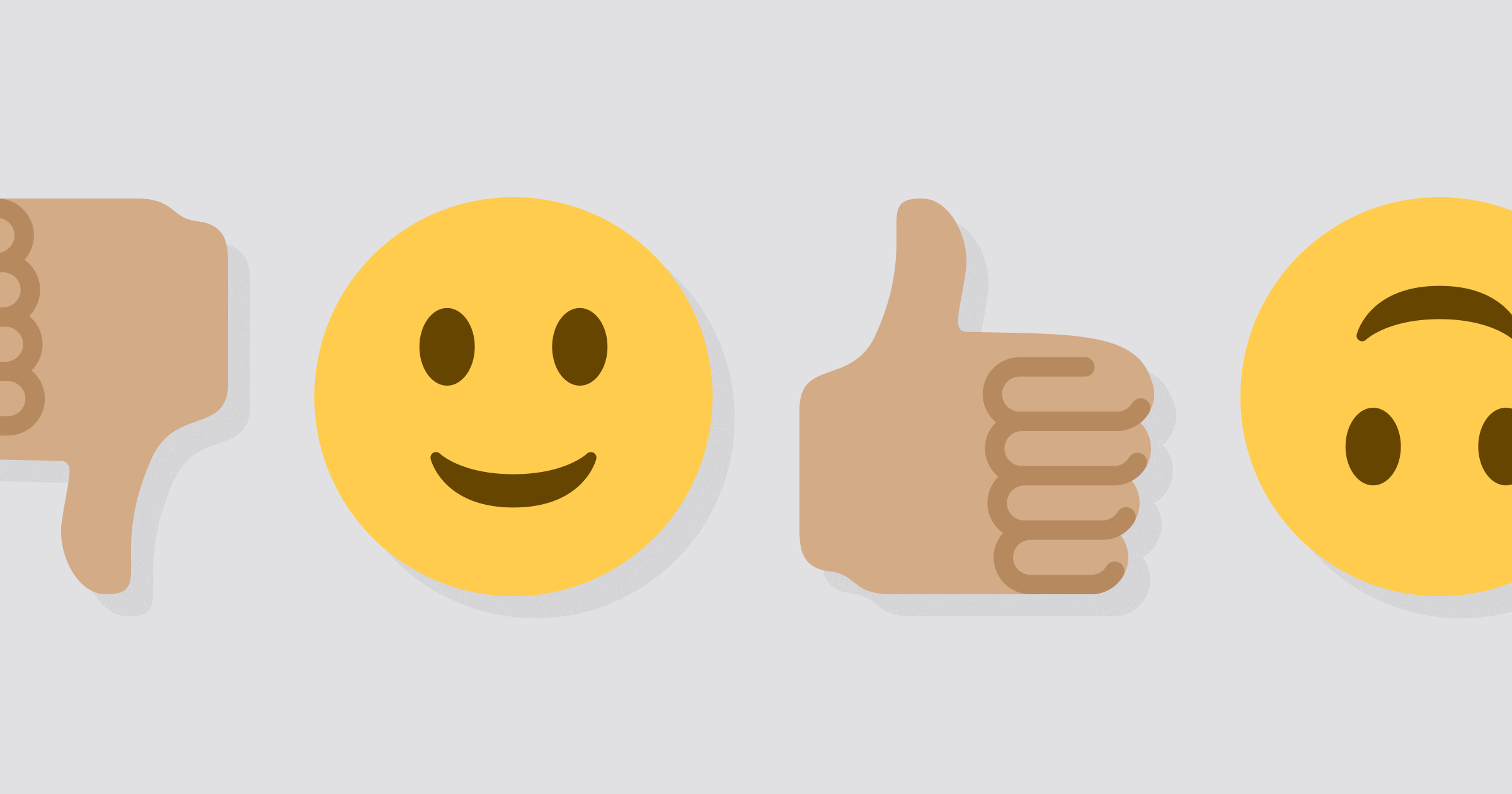Sodas, Zombies and inappropriate Dairy Questions:
Why Localization matters for App Growth and is more than just Translation: it’s Culturization
Maybe this is not the most conventional title for a post about App Localization, but I hope you get the point with some stories below.
There is a famous marketing blunder known after Pepsi´s failed launch of their soda brand in China. In the 1960´s the American soda brand used to communicate its slogan “Come Alive! You’re In The Pepsi Generation” to target young audiences.
As they planned to launch their product in China, they decided to maintain the slogan, translating it to the local language. It read something along these lines:
Maybe this is not the most conventional title for a post about App Localization, but I hope you get the point with some stories below.
There is a famous marketing blunder known after Pepsi´s failed launch of their soda brand in China. In the 1960´s the American soda brand used to communicate its slogan “Come Alive! You’re In The Pepsi Generation” to target young audiences.
As they planned to launch their product in China, they decided to maintain the slogan, translating it to the local language. It read something along these lines:

Little did they know, the catchy slogan had a completely different meaning in this country.
Actually, the new phrase translated into:
“Pepsi brings your ancestors back from the dead”

Pepsi Generation slogan transcended mortality in China
Source: https://www.crfashionbook.com/culture/g14032033
Although the idea of a Zombie Soda may sound innovative, to say the least, it can have undesired effects in terms of brand reputation, especially if the product was just being released in a new market.
Like Pepsi, there are numerous examples of failed product launches that were lost in translation. Remember the famous “Got Milk?” campaign in the 1990s? Well, this was not a particularly good fit in the Spanish speaking market either. The dairy question actually meant something profoundly more private in Hispanic countries. In some, it translated into “Are you lactating?”. In others, it got even more personal…

Got Milk? was not a fortunate question in Spanish speaking countries
Source: https://www.crfashionbook.com/culture/g14032033/best-got-milk-photo-campaigns
Translation blunders can turn into a great problem when trying to launch a product in a new market. Cultural relevance is a key aspect to consider when adapting your app to a new language.
However, there are other factors apart from language that you should take into account if you want a successful reception of your product. This is where Localization comes in.
Localization is the process of changing and adapting a product to make it appealing for a specific target market. This adaption is more than just translation: it’s culturization
In the app world, a Localization process should consider several factors before launching a product into a new territory. Monetization Strategies, User Interface Design, Cultural relevance are some of these variables to be taken into account. Let’s see some of these with greater detail.
- Consider Consumer Behaviour for Monetization Strategies
When planning Monetization Strategies for your App you should consider consumer behaviour in the new location. If your App business model relies heavily on revenues from In App purchases, then considering localizing your App for the Asian market may make sense. According to App Annie State of Mobile 2020 report, Countries like Japan, South Korea and China carry the highest consumer spending per user in Mobile Gaming apps.
There may be some signals you can use to determine if it is time to localize your app for a new market. For instance, If you have an english language app seeing a vast majority of your downloads coming from Non-english speaking countries, it may be worth contemplating a localization to those territories as well.
- Adapt User Experience and Interface Design to local Culture
People engage better with content that resonates with their cultural background. Thus, customizing your App features and content for the local audience will drive better engagement.
For example, the popular Plant vs Zombies game (this is the second and last Zombie reference of the post, I promise), released their Plant vs Zombies Chinese Wall version for the chinese market including local maps and characters.

Plants vs Zombies: Chinese Wall edition, a localized version of the popular game for the Chinese market adapted scenery and characters for the local market. Source: https://www.techinasia.com/pvz-great-wall-edition-and-kingdoms
- Avoid Inappropriate Symbology
Cultural relevance not only means knowing when to include new languages and symbols, but also knowing when not to.
Phrases, symbols or even emojis popular in some cultures can strike as insulting in others. For example, the thumbs up emoji can be commonly used as a symbol of approval or agreement. However, in countries like Iran, Iraq, Afghanistan and Nigeria it can be used as an insult as it conveys an unfriendly invitation to “sit on it”.

The thumb Up may not be your best choice to communicate agreement in Middle Eastern Countries.
Source: https://stptrans.com/considering-emoji-in-localisation/
- Be Creative with your Growth Strategy
When planning your User Acquisition strategy in a new market a good practice would require to do some research on which media platforms are trending locally. That is, put some thoughts into where your audience is interacting. When deciding your best channels for your marketing budget make sure to adapt your creatives to the media and audience as well. For instance, if you are promoting your app through TikTok your creative pieces should look more like TikToks, not ads.
On the same side, if you are planning a promotion with influencers, it’s important to understand who your audience is following locally. Not all famous people are famous everywhere. So a local media partner with experience working with influencers may help you find your best performing promoters.
- Consider working with Local Partners
Adapting an App Game for a new market implies more than just translation, and it can be challenging. Many times App developers found themselves stranded like disoriented tourists when tackling localization for the first time. To make this process smoother, Developers can work together with local partners and publishers who are more acquainted with the territory and can bring more light into the problem. Many of them provide testing services as well, making sure your App is ready for the new market before going live.
To get to know more about App Localization you can join our Webinar next Tuesday Sept. 22nd, where Mobile Gaming experts and Publishers will discuss Localization strategies to expand your App business into new markets.

Recent Comments